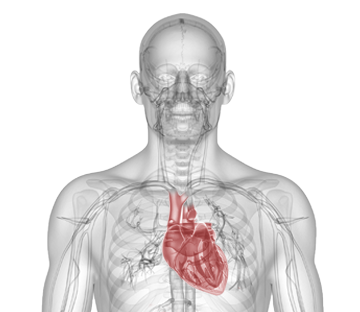Diagnosing Fabry Disease
Fabry disease diagnosis is challenging, as symptoms are diverse, varied, and can affect multiple organs1,2
While Fabry disease is considered “rare,” the disease manifestations are common. As a result of the multi-organ pathology often seen in patients with Fabry disease and the number of conditions that mimic many of the disease manifestations, diagnosis may be difficult.1,2
Use this tool to understand how Fabry disease may be diagnosed by specialty.
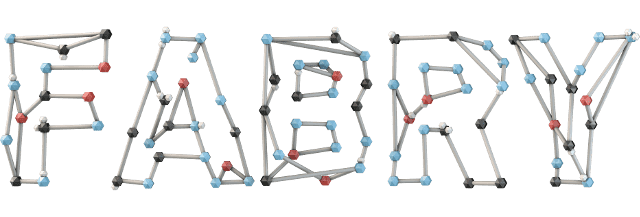
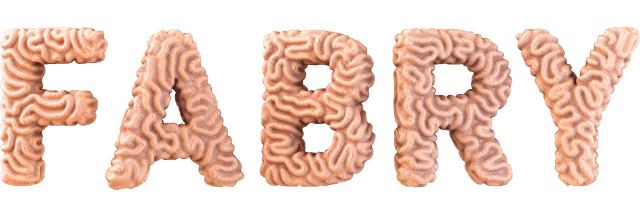
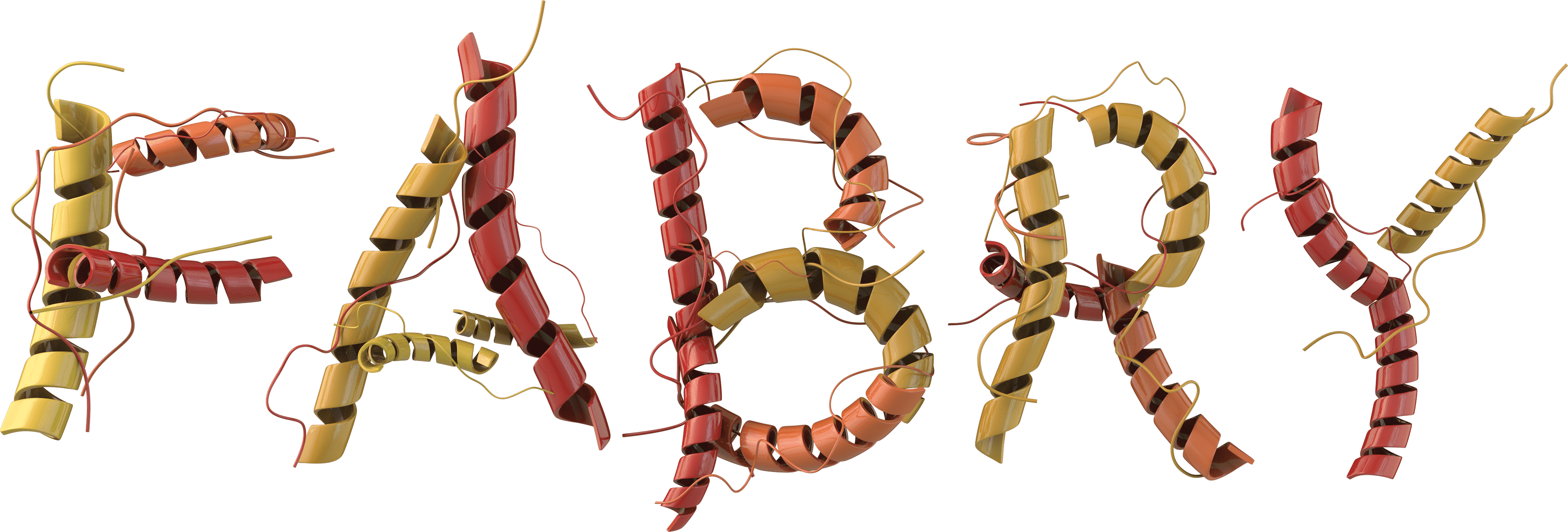

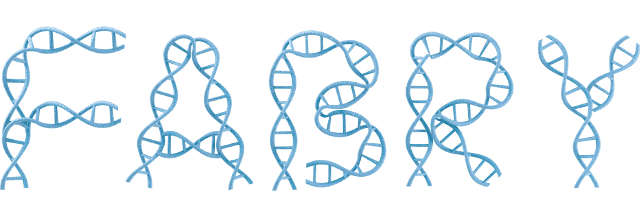

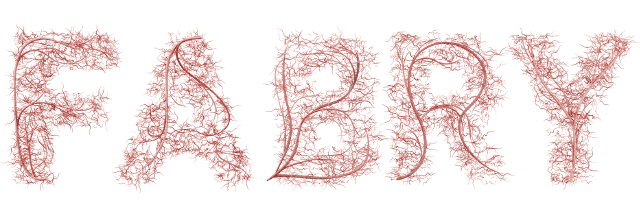 Facts
Facts

